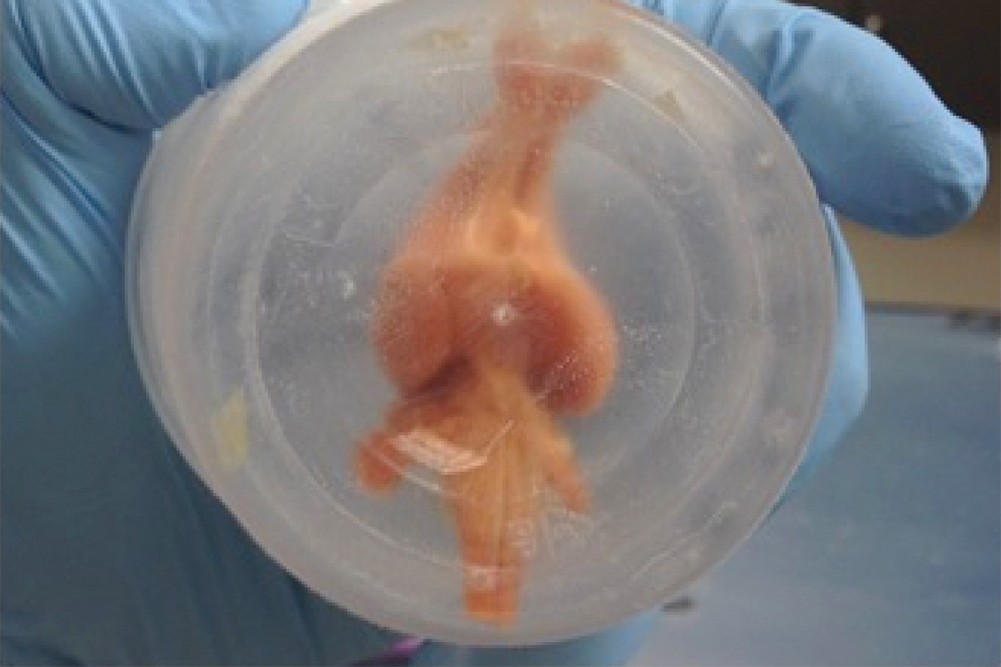Today we search for homes on Zillow, car services on Uber or Lyft, and products and services on Amazon. Soon, we will be searching for body part upgrades on the internet too.
The Isolated Brain
Ray Kurzweil estimates that if people alive today can live just 14 more years, to 2030, technology should then be available to grant us virtually unlimited health and longevity. A whole menu of life improving techniques are likely to be available: replacing organs and limbs, using new genetic techniques to reverse the aging of cells, and enhancing human capabilities with artificial red blood cells that allow humans to stay underwater for hours without taking a breath.
The Progress of Transplant Medicine
As we transition to this new age, our brains may be held in limbo, in vitro, as the body parts we want are prepared and grown in labs. Transplant medicine and cryogenics are making huge strides and are likely to have advanced enough to make transplants as common as tooth fillings today. And our bodies aren’t likely to be all tissue. If titanium legs are stronger and more versatile than human versions, people may prefer them to skin and bones.
The Merging of Humans & Machines
Scientists are now working toward the day when our brains, with minds intact, will be suspended in a vat of chemicals that allow neuronal processes and synaptic connections to run normally. Our brains could be hooked up to the internet, and we would live in completely artificial worlds.
The Brain Preservation Foundation is working to find ways to preserve mammal brains without damaging them. Earlier this year, 21st Century Medicine was able to keep a rabbit brain alive using cryogenics and recover it completely intact. The future challenge is to do the same with larger mammal brains.
The following video explains cryogenics and its future potential.







